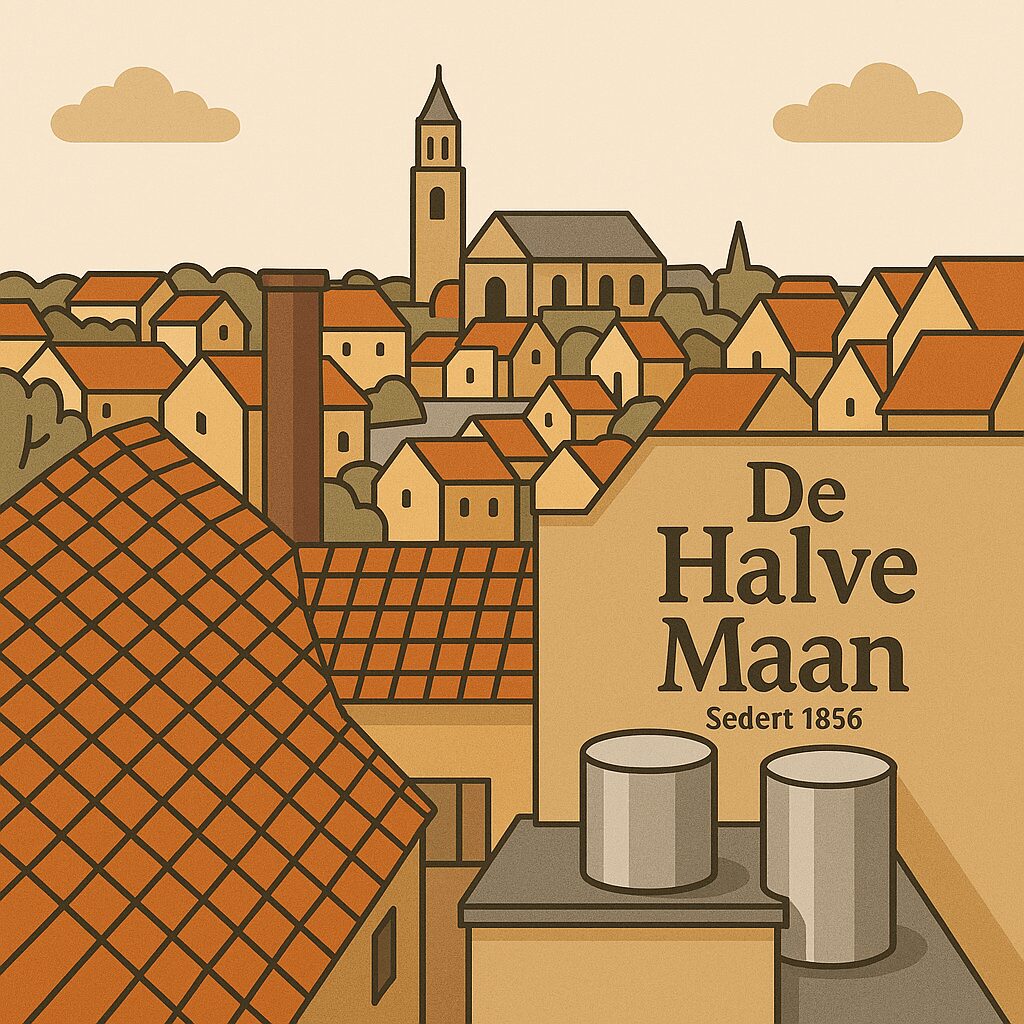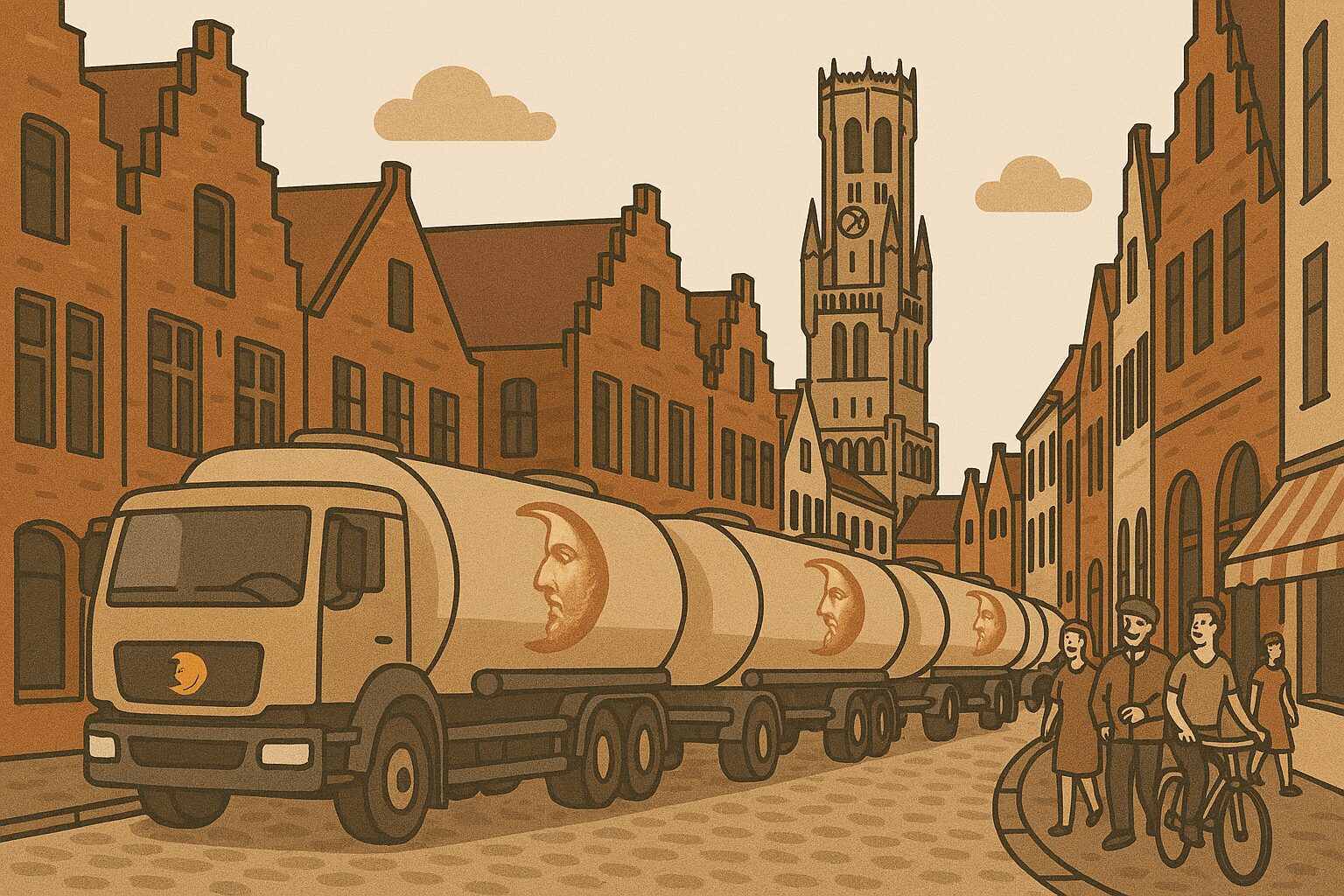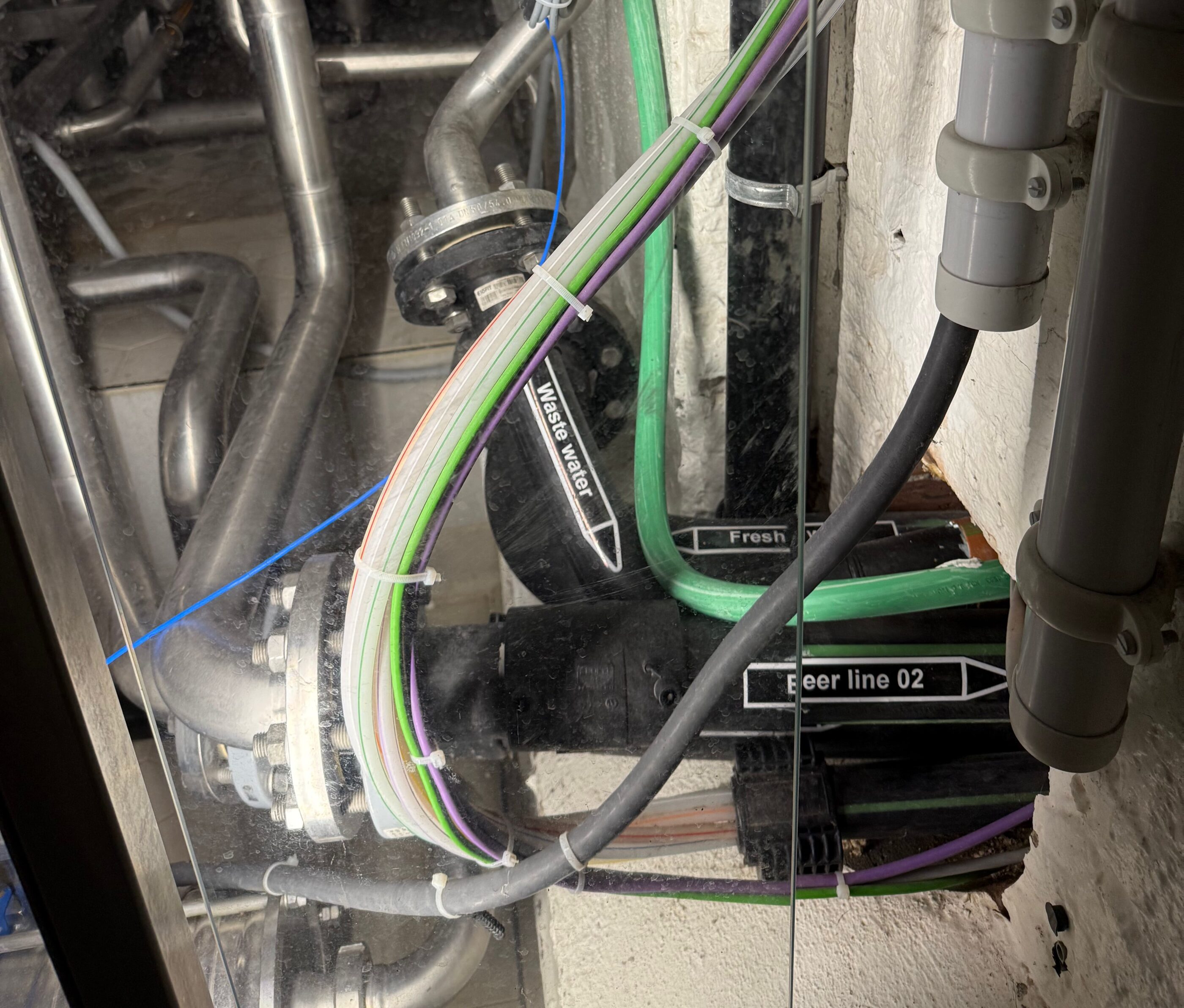Scaling enterprise applications often brings the same challenges faced by legacy systems in other industries. On a recent visit to De Halve Maan Brewery in Bruges, I saw firsthand how this 500-year-old beer producer adapted to modern growth while preserving its historic roots. Once centralized under a single roof, the brewery eventually hit physical and operational limits as global demand surged—especially with the launch of a new (and delicious) blond beer. Their journey offers valuable lessons for IT leaders seeking scalable and efficient architecture solutions.
From One Roof to Two: When Vertical Scaling Isn’t Enough
As global demand for their beer grew, the brewery started hitting physical and operational constraints. The historic city center offered little room for expansion, and scaling up within the same building—adding more tanks, equipment, or capacity—became increasingly difficult. Regulations around historic preservation and the limitations of the space meant the brewery couldn’t simply “add more power” to the same location.
The company made a bold but logical move: they opened a second facility outside the city. This new site focused on later stages of the process —bottling and beer maturation— which required space, logistical ease, and flexibility. Meanwhile, brewing continued at the original site. This operational split allowed each location to specialize and scale on its own terms. Domain-Driven Design gurus could see good old bounded contexts here.
This story may sound familiar to many IT leaders: the business grows, but legacy IT architecture can’t keep up—limiting innovation and speed. At some point, modularizing your architecture—whether with microservices or modular monoliths—becomes a strategic necessity, not a technical nice-to-have. If a historic brewery can split its operations to better serve its future, surely a modern IT organization can do the same.

De Halve Maan Brewery operates in a “legacy” environment: Bruges is a UNESCO World Heritage Site with its medieval architecture and cobblestone streets.
From Trucks to Pipelines: When Separation Isn’t Enough
After the second facility was opened, beer was transported between the two sites using trucks for a while. Although it worked in the short term, it quickly became clear that this setup introduced inefficiencies. Bruges’ narrow, tourist-filled streets aren’t ideal for daily tanker trucks. What was meant to simplify production instead created logistical headaches, delays, and unnecessary operational noise.
The brewery engineered a novel solution: a purpose-built underground beer pipeline. It connected the two facilities directly—sending beer to the bottling plant and returning clean spring water to the brewing site. With just two beer pipes, a clean water line, and a leak detection cable encapsulated in a single pipeline, the entire system became seamless, invisible, and far more efficient.
For business-critical systems, modularizing applications or services isn’t the endgame—it’s only the beginning. If communication between those services is clunky, chatty, or poorly defined, you’ve just traded one bottleneck for another. Done right, it enables autonomy and flow. Done poorly, it clogs the system with latency, retries, or brittle dependencies.
The beer pipeline is a great metaphor here: it connects two complex systems (facilities) with a simple interface (the cross-section of the pipeline has only five elements) while maintaining a high-throughput connection (4,000 liters of beer per hour). Just two pipes replaced a fleet of trucks. Are your services this well-connected?

Relocating bottling operations to a new location is a great idea—but huge beer tankers navigating cobblestone medieval streets is not.
Closing Thoughts: Respect the Past, Build for the Future
What’s remarkable about De Halve Maan isn’t just their beer, but their approach. They didn’t abandon their heritage or replace it wholesale. They evolved with intention—preserving what worked, modernizing what didn’t, and ensuring each part of their system was fit for its role.
For senior IT stakeholders, the lesson is clear: successful architecture doesn’t require discarding your past. It requires understanding when to scale out, where to decouple, and how to ensure clean, efficient flow between systems. That’s how you preserve operational heritage while preparing for the next chapter.

Building for the future: Workers laying out the beer pipeline under the historic streets of Bruges.
Insider Tip
If you ever visit Bruges, don’t miss the opportunity to explore the De Halve Maan Brewery. While a mock version of the beer pipeline is displayed at the entrance, the real one is only visible on a guided tour. Just ask your tour guide to show you the actual pipeline, and you can see this engineering marvel with your own eyes.

The actual “beer pipeline” can be seen on a guided tour of the brewery.





